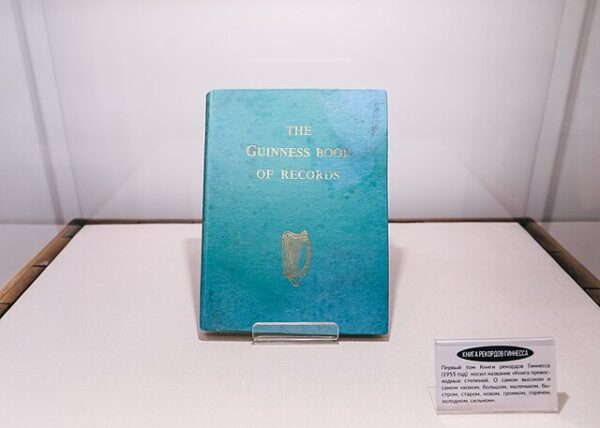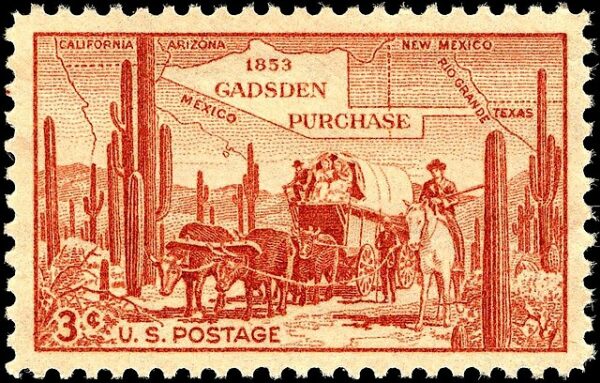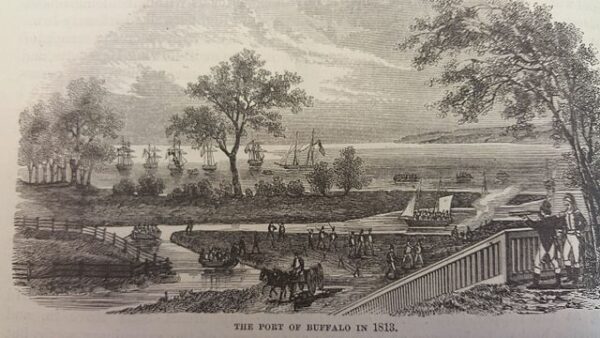The first edition of the Guinness Book of Records was published in Great Britain on August 27, 1955, marking the beginning of what would become a global phenomenon. Conceived as a book to settle pub arguments, it quickly transformed into one of the most popular and enduring reference books in history. The origins of this iconic publication lie in a blend of curiosity, competition, and a desire for definitive answers to age-old questions.
The idea for the Guinness Book of Records was sparked in 1951 when Sir Hugh Beaver, the managing director of the Guinness Brewery, was involved in a debate about the fastest game bird in Europe while on a hunting trip. Unable to find a conclusive answer, Beaver realized that many such debates lacked a definitive source of information. This realization led him to envision a book that could provide authoritative answers to such questions, a compendium of records that could settle arguments and spark discussions in pubs across Britain.
To bring this vision to life, Sir Hugh Beaver enlisted the help of Norris and Ross McWhirter, twin brothers who were known for their prodigious memories and expertise in fact-finding. The McWhirters, both journalists, had previously run an agency that provided statistics and factual data to newspapers. Their passion for accuracy and detail made them the perfect candidates to compile the Guinness Book of Records.
The process of compiling the first edition was intense and exhaustive. The McWhirter brothers worked tirelessly, gathering data from a wide range of sources, verifying records, and ensuring the information was as accurate as possible. Their dedication paid off when the first edition of the Guinness Book of Records was published on August 27, 1955.
The book was an instant success. Its appeal lay in its wide range of records, which covered everything from the natural world to human achievements, curiosities, and extremes. The public was fascinated by the collection of facts, and the book quickly became a bestseller. The first edition, which was originally intended as a promotional item for the Guinness Brewery, sold out almost immediately, leading to subsequent reprints and new editions.
The Guinness Book of Records tapped into a deep-seated human fascination with superlatives and the desire to know who or what was the biggest, fastest, smallest, or most extraordinary. It also provided an element of fun and competition, encouraging readers to try to break records themselves. This interactive aspect of the book further fueled its popularity, making it a staple in homes and schools across Britain and, eventually, around the world.
Over the years, the Guinness Book of Records has evolved significantly. It has expanded to include a broader range of categories, reflecting the changing interests and achievements of people globally. The book has also adapted to the digital age, with a strong online presence and interactive features that allow users to engage with the content in new ways. However, the core appeal of the Guinness Book of Records remains the same: it is a celebration of human and natural achievements, a source of inspiration, and a testament to the endless curiosity that drives us to explore the limits of possibility.






